Responding to the Student Voice in Dual Enrollment: Insights From Focus Group Interviews and DESSE Survey Data
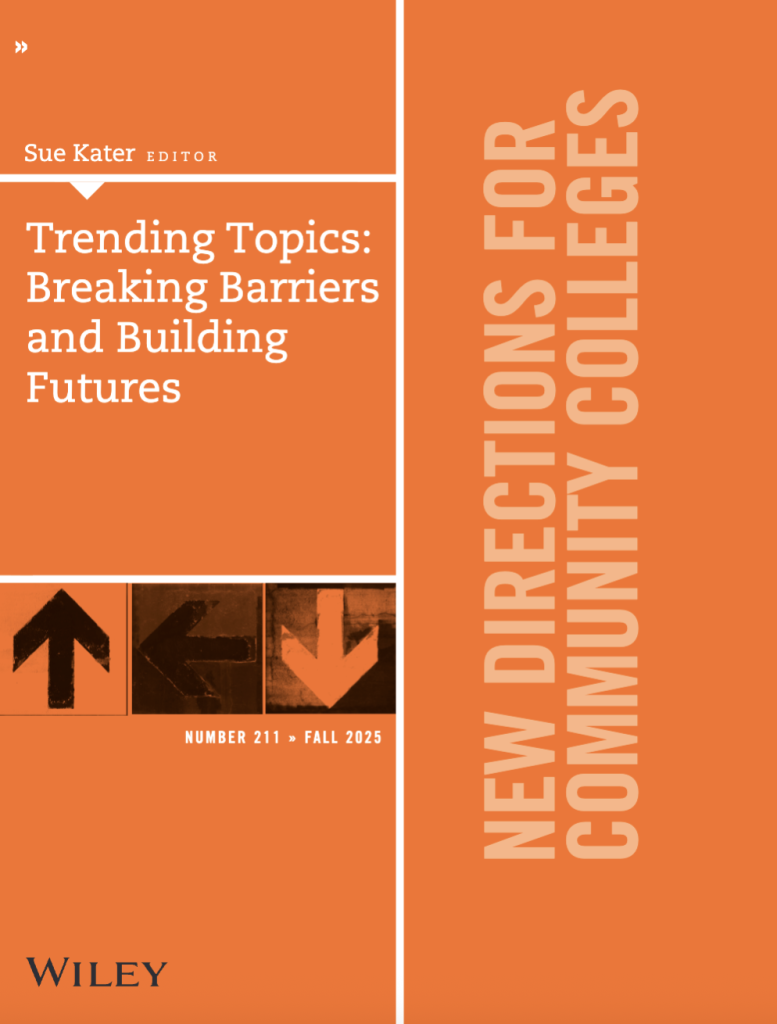
Drawing on survey and interview data, this article describes what students want from their dual enrollment experiences and implications for college and K-12 leaders working to strengthen their dual enrollment programming.
Pandemic Relief Spending and Recovery Strategies: Findings From a Survey of Community Colleges in Six States
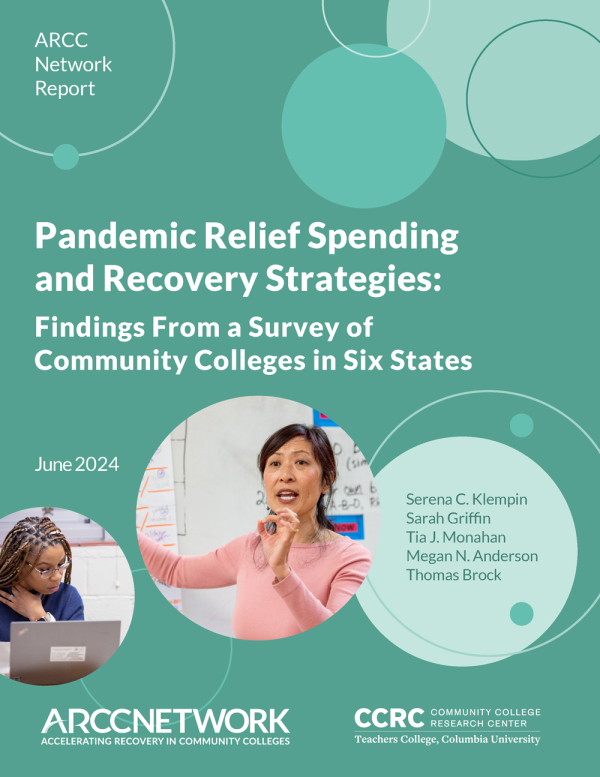
This book chapter explores the personal support networks and help-seeking preferences of immigrant-origin, first-generation-in-college students (FGCS) as part of a three-year longitudinal mixed-methods study with FGCSs at four public Hispanic-serving institutions in California.
Access to Success: Insights for Implementing a Multiple Measures Assessment System
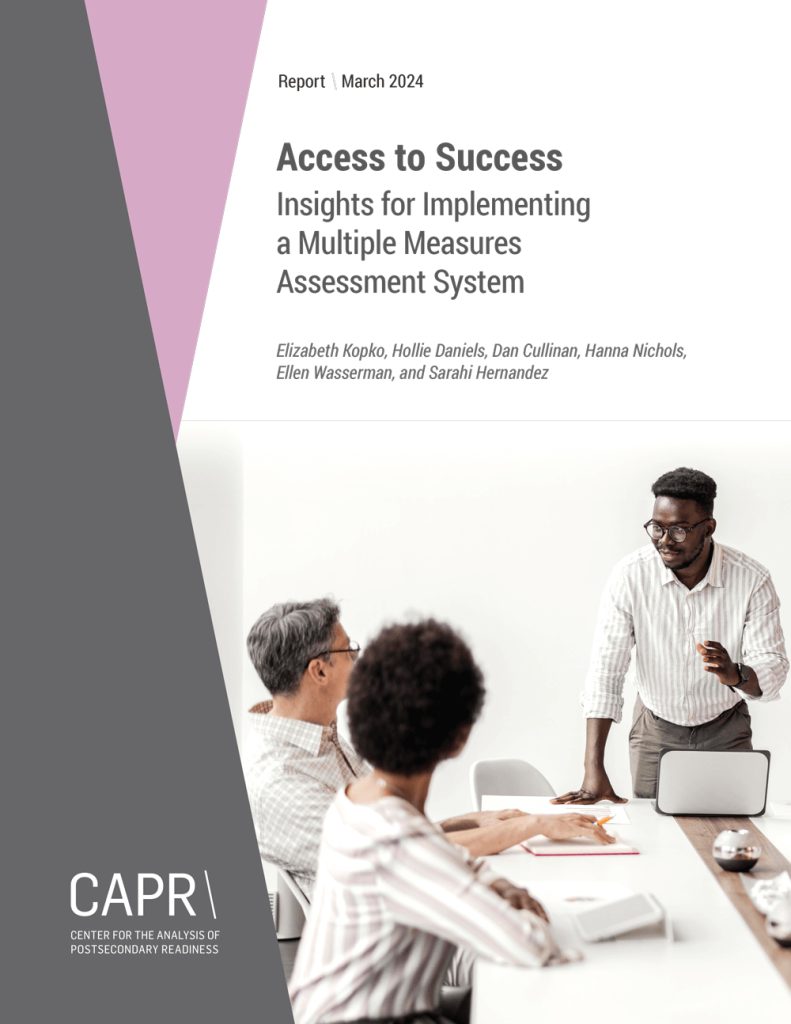
This CAPR report highlights the roles of key actors and of state context and policy in the implementation of multiple measures assessment (MMA) at 12 two- and four-year colleges in Arkansas and Texas. It also discusses costs and describes challenges, such as obtaining staff buy-in, managing student data, and ensuring sufficient staffing.
How States and Systems Can Support Practitioner Efforts to Strengthen Dual Enrollment
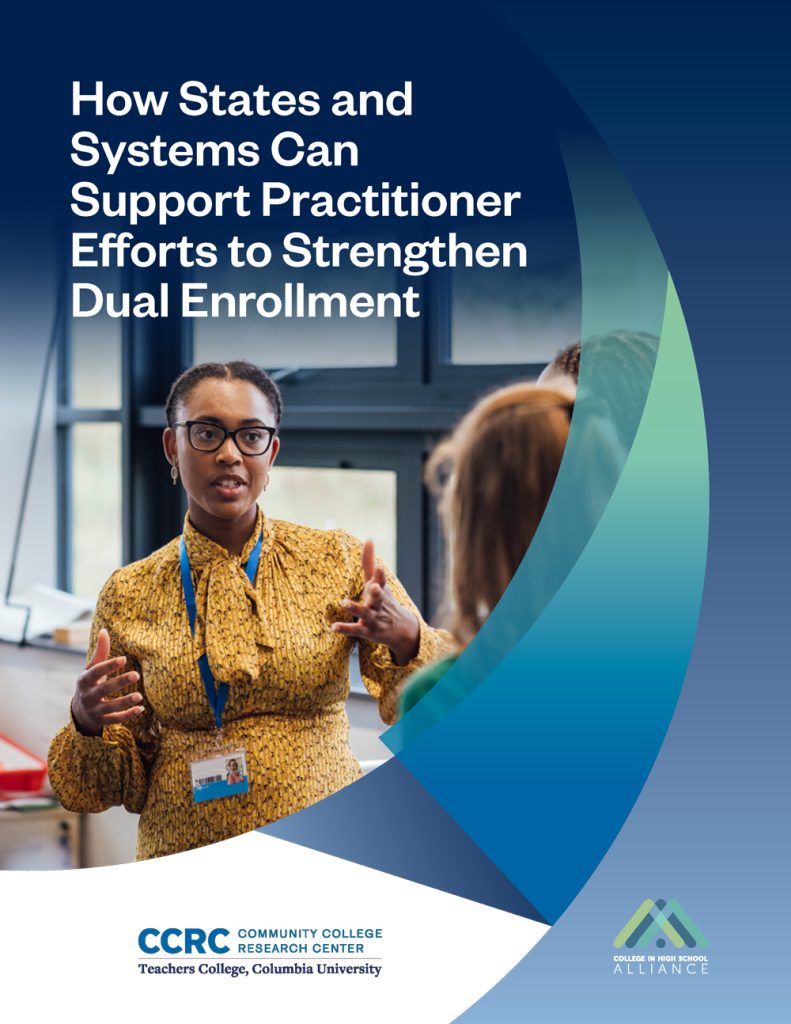
Informed by findings from The Dual Enrollment Playbook and site visits to Title I high schools and their community college partners in Texas and Florida, this report offers guidance for state leaders on how to support practitioner efforts to broaden the benefits of dual enrollment.
DEEP Insights: Redesigning Dual Enrollment as a Purposeful Pathway to College and Career Opportunity
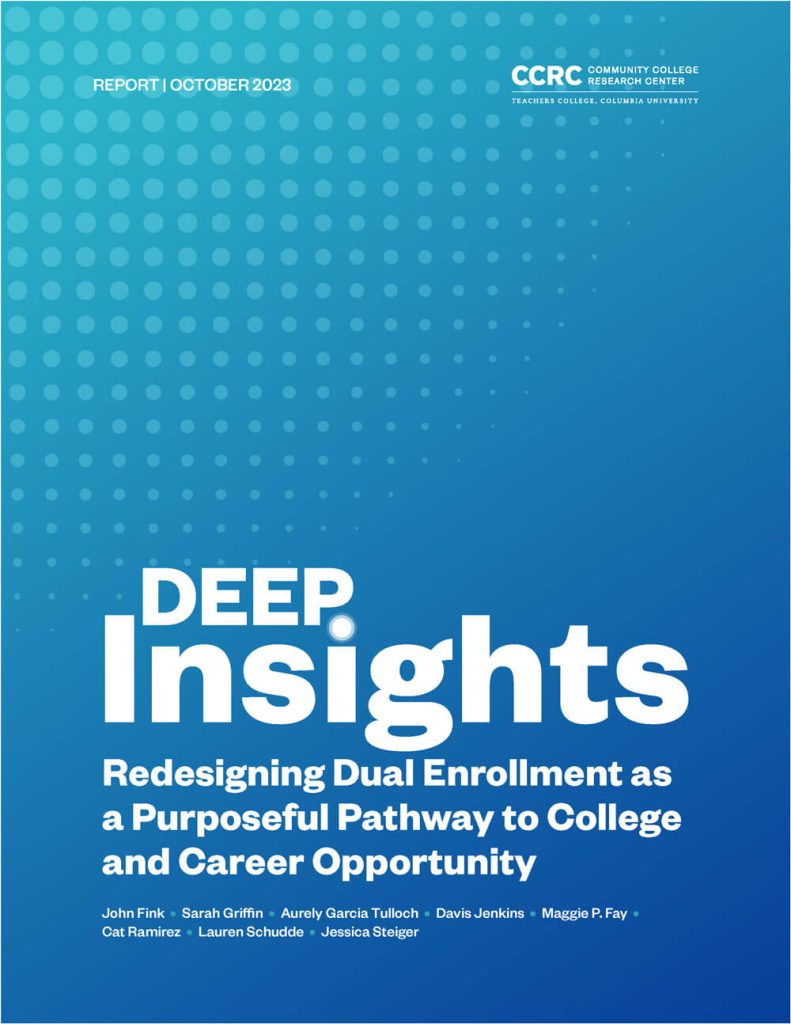
This report describes dual enrollment equity pathways (DEEP) reforms implemented by six community college–K-12 partnerships in Florida and Texas, and it provides insights and guidance for other colleges and schools interested in undertaking DEEP reforms.
